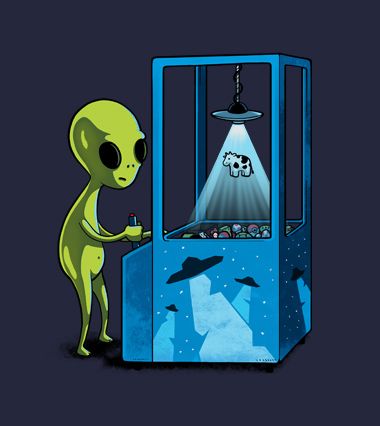Like us, NASA doesn’t watch a lot of Hollywood Sci-fi movies and it knows that the chances of our planet being invaded by a mother ship and its strange occupants are really scanty. So while they could’ve chosen to grab a lot of beers and pointlessly stare at the sky, instead, they developed technology which is 10,000 times better than the one in use right now, which aids in the search for signs of life on other planets.

The new technology involves the analysis of amino acids, which are considered to be the structural building blocks of all forms of life on earth. It uses a liquid based technique, called ‘Capillary Electrophoresis’ which uses laser fired fluorescence recognition, allowing researchers to see a laser shining through blended organic molecules. These molecules can then be arranged to identify if a living organism exists in the targeted area.The method is 10,000 times more sensitive than the one deployed on the ‘Curiosity’ rover, which is currently on Mars.
While capillary electrophoresis has been around since the early 1980s, this is the first time it has been tailored specifically to detect extraterrestrial life. The technique uses a fluid sample combined with a liquid reagent which will be amalgamated through chemical analysis under certain conditions. Following this, a laser then will be shone diagonally on the mixture. Testing such process, scientists observed that the molecules move at different speeds, basically helping them to determine which ones are for potential “life”.

Thee examination is tuned to determine left-handed amino acids which can be found on living organisms on Earth. Scientists expect that life outside Earth would also need to choose among the two structures of amino acid (left-handed and right-handed) to support that existence. For this reason, NASA scientists believe that searching for amino acids through the new technique can be a powerful sign of alien life.



